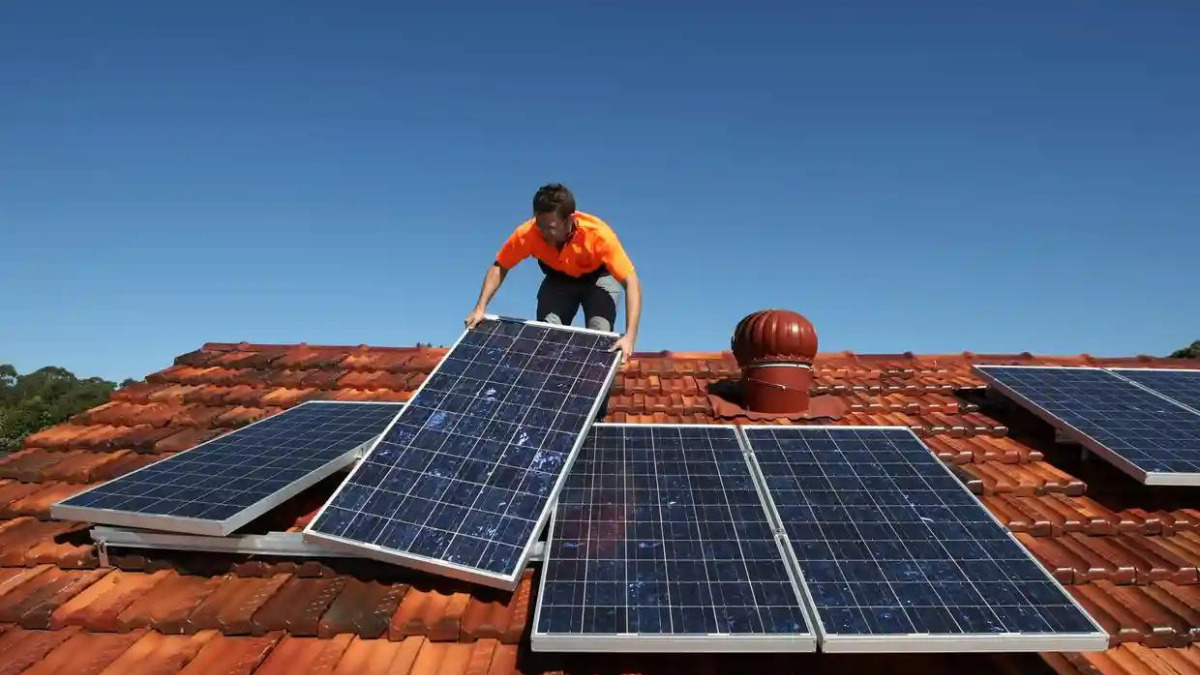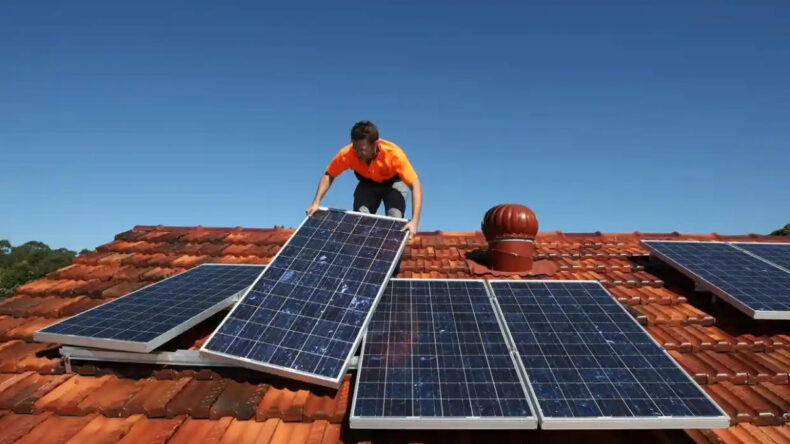Australia nearing a record amount of solar panel uptake to beat rising power prices. Rooftop solar installations are set to achieve another near-record year as households and businesses aim to offset rising electricity costs by installing or expanding their photovoltaic systems. According to Green Energy Markets, small-scale solar capacity increased by approximately 1.46 gigawatts in the first half of 2024, marking a 20% increase compared to the previous year. In June alone, rooftops added nearly 250 megawatts of new capacity, representing a 13.2% growth from June 2022.

The surge in demand for solar panels can be attributed to the significant rise in electricity prices over the past year. Tristan Edis, the director of analysis and advisory at Green Energy Markets, suggests that the previous record of approximately 3.2 gigawatts set in 2021 could potentially be surpassed, especially with an additional price increase of up to 25% scheduled for this month.
Australia has the highest per-capita adoption of solar energy globally, with nearly one in three households having installed photovoltaic (PV) panels. Even during the winter season, over 25% of electricity consumed in the eastern states is generated from rooftop solar systems during sunny periods.
While rooftop solar installations continue to thrive, there has been a significant decline in new investments for large-scale solar farms in recent years. Rystad Energy, a data group, reports a staggering 75% decrease in approvals for utility-scale renewable projects in Queensland, New South Wales, and Victoria since 2018. This decline can be attributed to various factors such as supply chain challenges, delays in transmission projects, and a lack of sufficient backup storage capacity.
Australia’s energy capacity
Australia is a country with a high level of energy consumption, driven by its large population and extensive industrial and mining sectors.
Among the states, New South Wales has been particularly impacted by delays in project approvals, which jeopardizes its ability to meet the target of having 12 gigawatts of operational utility solar PV and wind capacity by 2030, as stated by Rystad Energy.
Certain regions, like western Victoria, experienced curtailment issues with existing solar farms due to the grid’s inability to handle the electricity generated by these farms. In the first quarter of 2024, the Australian Energy Market Operator reported a 33% increase in average curtailment compared to the previous year within the national electricity market. This curtailment signifies the need for improved infrastructure to efficiently transport electricity from solar farms to users.
According to Edis, numerous solar farms have been installed in Victoria, resulting in a situation where a significant portion of the electricity generated during the period between 11 am and 1 pm is curtailed or wasted due to grid limitations.
Edis suggests that governments should focus on encouraging the adoption of rooftop solar systems until grid infrastructure improves and the cost of large-scale batteries decreases. However, instead of promoting such initiatives, states like South Australia have discontinued their support plans for home batteries, while Victoria is gradually phasing out its support program.
According to Edis, the rooftop solar industry has been steadily progressing at an annual rate of 3.2 gigawatts (GW), but its potential for growth is much higher. He suggests that there is no need for transmission upgrades in the rooftop solar sector. Many of the new systems being purchased involve replacing smaller units with larger ones as households capitalize on declining prices. Edis explains that this presents an opportunity to target the most suitable rooftops once again, essentially benefiting from the “low-hanging fruit” for solar installation.













